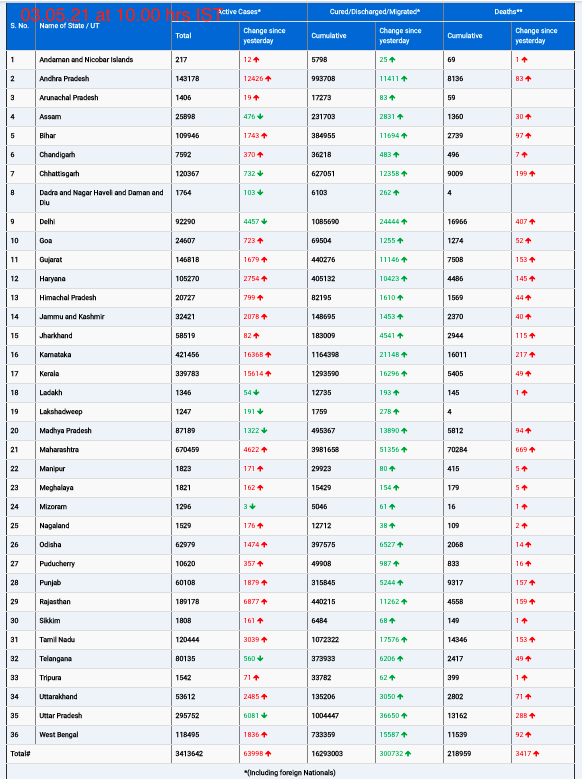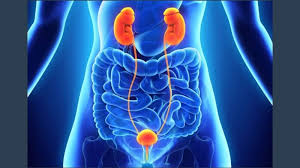Recent Findings Suggest Timing Alone May Not Be the Key to Effective Weight Loss
In a recent randomized controlled trial, time-restricted eating (TRE) failed to demonstrate any significant benefits for weight loss or glucose homeostasis when compared to a usual eating pattern (UEP). This study, published in the Annals of Internal Medicine, challenges the prevailing notion that TRE can independently promote weight loss and improve metabolic health without a reduction in caloric intake.
The trial, led by Dr. Nisa M. Maruthur and her colleagues from the Johns Hopkins School of Medicine, involved 41 adults aged 18-69 years with obesity and prediabetes or diet-controlled diabetes. Participants were randomly assigned to one of two groups: the TRE group, which followed a 10-hour eating window with 80% of daily calories consumed before 1 PM, or the UEP group, which had a more flexible eating window of up to 16 hours, with at least 50% of calories consumed after 5 PM.
Over the 12-week period, the study found that weight loss was comparable between the two groups, with the TRE group losing an average of 2.3 kg and the UEP group losing 2.6 kg. Additionally, there was no significant difference in glycemic control between the groups.
Implications for Time-Restricted Eating
The findings of this study suggest that any weight loss benefits associated with TRE observed in prior research may be more attributable to reduced caloric intake rather than the timing of meals. “This was a purely mechanistic study to determine the impact of time of eating alone with no change in calories,” noted co-author Dr. Scott J. Pilla, an assistant professor at the Johns Hopkins Bloomberg School of Public Health.
Although TRE has been shown in other studies to naturally reduce daily caloric intake by approximately 200-550 calories, leading to weight loss over time, the current study’s controlled caloric intake design did not replicate these results. This raises questions about the standalone efficacy of TRE for weight loss and glucose control.
Study Demographics and Observations
The study’s cohort had a mean age of 59 years, with 93% of participants being women and 93% identifying as Black. The mean body mass index (BMI) was 36, and the mean baseline weight was 96.2 kg. Notably, the study also observed a slight reduction in physical activity among TRE participants, which may warrant further investigation. Some participants reported going to bed earlier, potentially leading to an earlier end to their daily eating window.
Editorial Perspectives and Broader Impact
In an accompanying editorial, Dr. Krista A. Varady and Dr. Vanessa M. Oddo from the University of Illinois Chicago highlighted the practical implications of these findings. While TRE may not be more effective than other dietary interventions for weight reduction, it offers a simplified approach that avoids the need for calorie counting. This simplicity could make TRE a more accessible option for lower-resource populations, as it does not require expensive foods or complex monitoring.
Despite these findings, there is growing support for the involvement of gastroenterologists in obesity treatment. Obesity is a significant risk factor for gastrointestinal, pancreatic, and liver diseases, making it a relevant concern for GI specialists. As noted by Dr. Michael Camilleri in a recent Gut article, treating obesity in gastroenterology clinics could have a profound impact on reducing the cardiovascular and metabolic risks associated with obesity.
Conclusion
This study adds to the ongoing debate over the effectiveness of TRE as a weight loss strategy, suggesting that its benefits may be largely due to reduced caloric intake rather than meal timing alone. While TRE may not be a magic bullet, its simplicity and potential for broad application make it a valuable tool in the fight against obesity, particularly for populations that may benefit from its straightforward approach. Further research is needed to explore the full range of impacts TRE may have on health and to better understand the mechanisms behind its effects.












